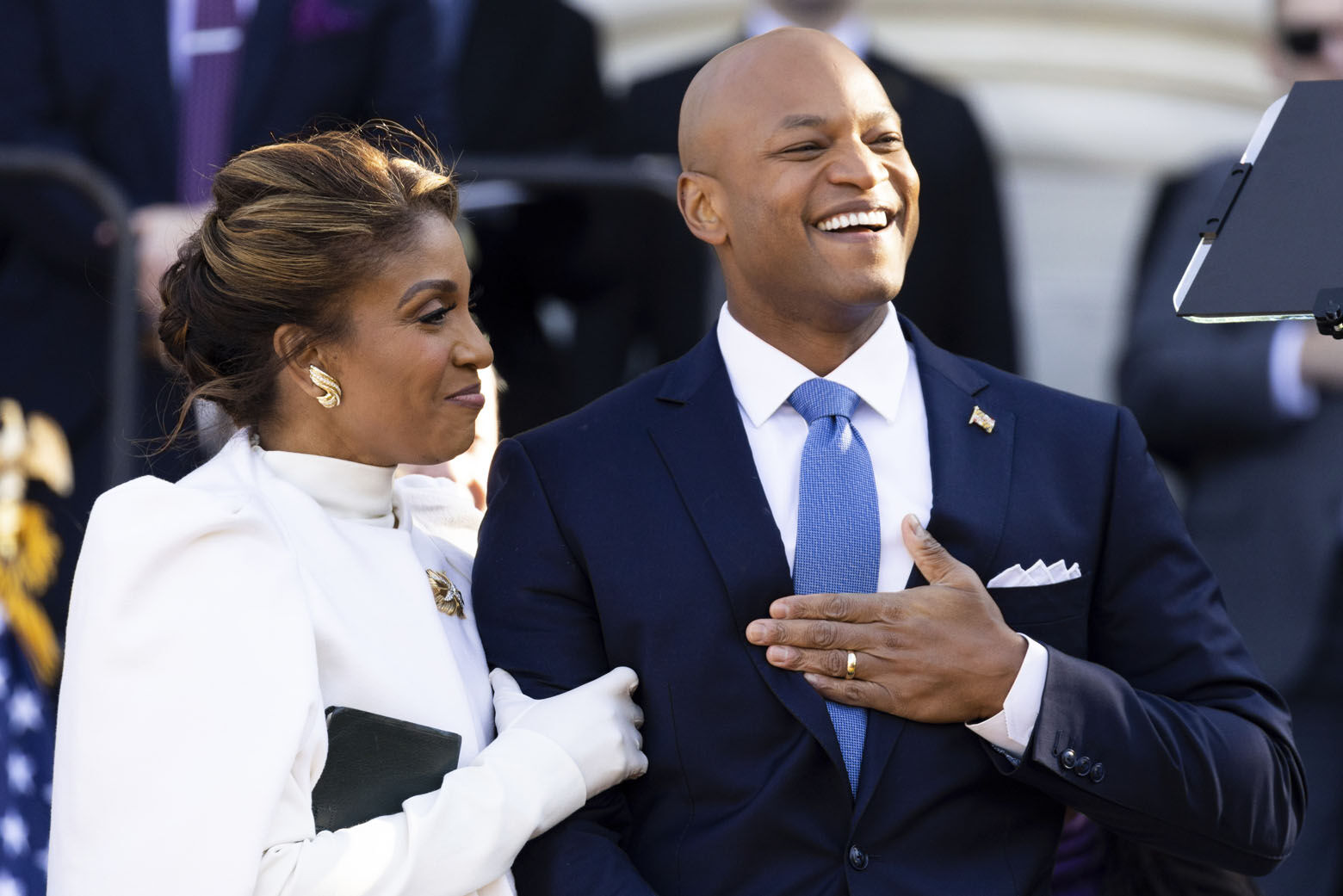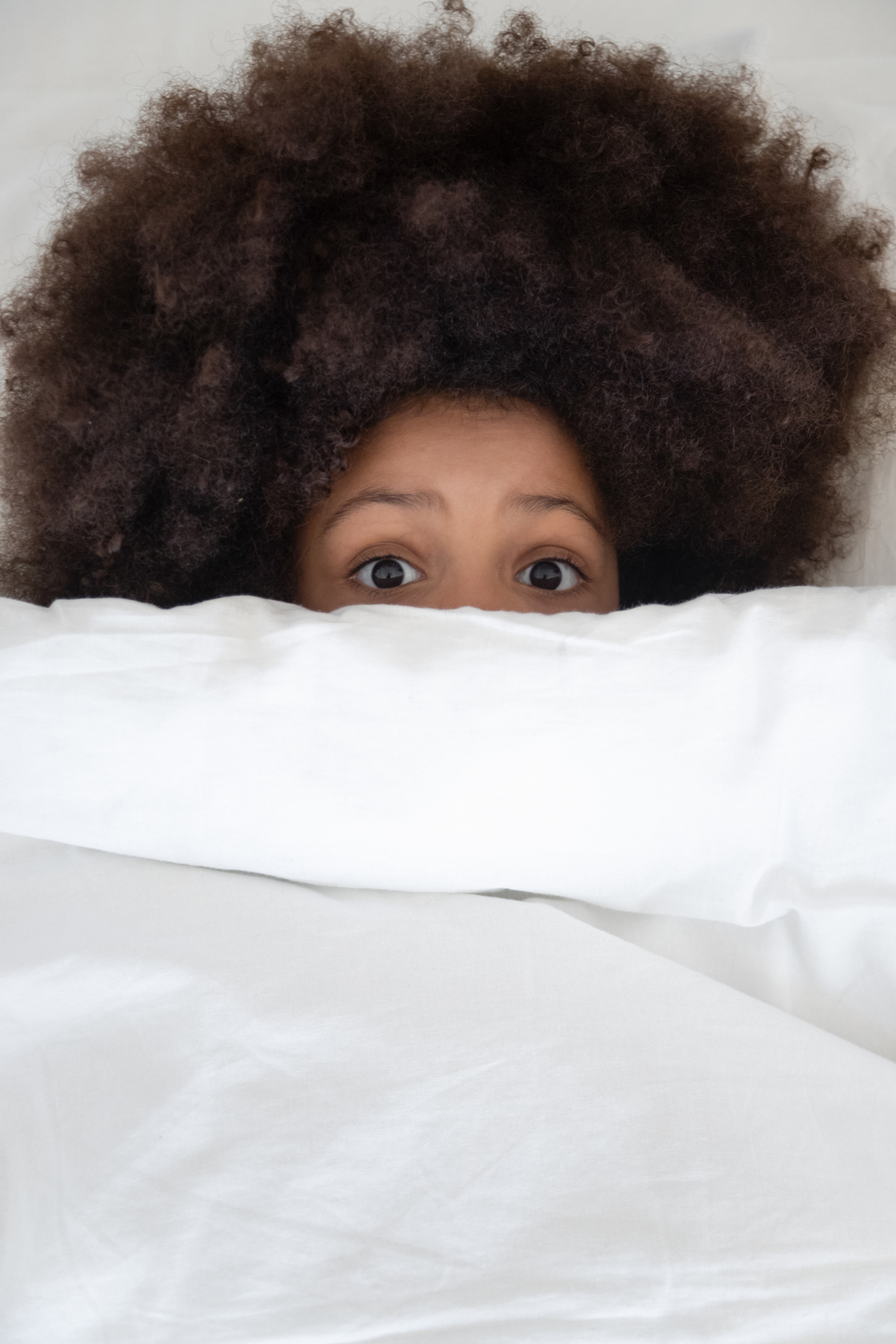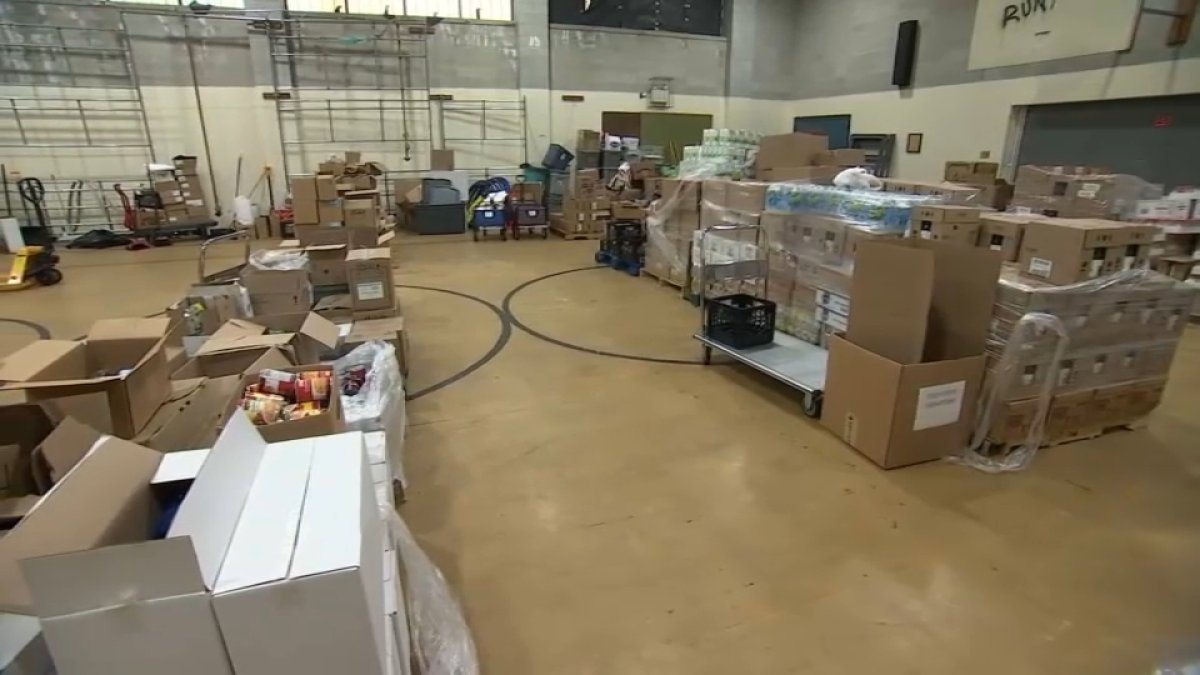
The Biden administration’s selection to end the COVID-19 public overall health emergency in May possibly will institute sweeping alterations throughout the wellness care system that go significantly over and above lots of persons owning to fork out additional for COVID-19 tests.
In response to the pandemic, the federal authorities in 2020 suspended several of its procedures on how care is sent. That transformed essentially each corner of American wellbeing treatment — from hospitals and nursing homes to community health and fitness and therapy for folks recovering from addiction.
Now, as the government prepares to reverse some of all those ways, here’s a glimpse at ways patients will be affected.
Education principles for nursing house employees get stricter
The conclusion of the crisis indicates nursing properties will have to fulfill increased standards for coaching workers.
Advocates for nursing dwelling people are eager to see the previous, tougher coaching demands reinstated, but the industry claims that move could worsen staffing shortages plaguing services nationwide.
In the pandemic’s early days, to aid nursing homes functionality less than the virus’s onslaught, the federal governing administration peaceful training prerequisites. The Centers for Medicare & Medicaid Solutions instituted a countrywide coverage indicating nursing residences needn’t follow rules requiring nurse aides to bear at minimum 75 several hours of point out-authorized coaching. Ordinarily, a nursing home couldn’t use aides for extra than 4 months until they achieved people specifications.
In 2022, the facilities made the decision the peaceful instruction regulations would no lengthier implement nationwide, but states and facilities could ask for authorization to be held to the lessen benchmarks. As of March, 17 states had this sort of exemptions, in accordance to the facilities — Ga, Indiana, Louisiana, Maryland, Massachusetts, Minnesota, Mississippi, New Jersey, New York, Oklahoma, Pennsylvania, Rhode Island, South Carolina, Tennessee, Texas, Vermont and Washington — as did 356 individual nursing households in Arizona, California, Delaware, Florida, Illinois, Iowa, Kansas, Kentucky, Michigan, Nebraska, New Hampshire, North Carolina, Ohio, Oregon, Virginia, Wisconsin and Washington, D.C.
Nurse aides normally present the most direct and labor-intensive treatment for inhabitants, which include bathing and other hygiene-related duties, feeding, checking critical signs, and holding rooms clean. Research has demonstrated that nursing residences with staffing instability retain a reduce good quality of treatment.
Advocates for nursing property citizens are happy the teaching exceptions will conclude but fear that the top quality of treatment could however deteriorate. Which is since the Facilities for Medicare & Medicaid Products and services has signaled that, following the looser requirements expire, some of the hours that nurse aides logged through the pandemic could count towards their 75 hours of expected teaching. On-the-career encounter, even so, is not automatically a audio substitute for the instruction employees skipped, advocates argue.
Keep up with Tampa Bay’s best headlines
Subscribe to our free of charge DayStarter publication
We’ll produce the most current news and information and facts you need to know every weekday early morning.
You’re all signed up!
Want much more of our free, weekly newsletters in your inbox? Let’s get started.
Examine all your alternatives
Sufficient education of aides is important so “they know what they are carrying out before they present treatment, for their very own very good as very well as for the citizens,” said Toby Edelman, a senior coverage lawyer for the Center for Medicare Advocacy.
The American Wellness Care Association, the largest nursing property lobbying group, unveiled a December survey obtaining that roughly 4 in 5 amenities had been dealing with reasonable to superior levels of team shortages.
Procedure threatened for people recovering from habit
A looming rollback of broader access to buprenorphine, an vital medication for folks in restoration from opioid dependancy, is alarming individuals and medical professionals.
Through the community wellness emergency, the Drug Enforcement Administration claimed providers could prescribe specified managed substances just about or more than the cell phone without having 1st conducting an in-individual medical evaluation. A person of those people medicine, buprenorphine, is an opioid that can stop debilitating withdrawal signs and symptoms for folks making an attempt to get better from dependancy to other opioids. Study has shown applying it additional than halves the hazard of overdose.
Amid a national epidemic of opioid dependancy, if the expanded plan for buprenorphine finishes, “thousands of individuals are heading to die,” reported Ryan Hampton, an activist who is in recovery.
The Drug Enforcement Administration in late February proposed polices that would partly roll back again the prescribing of controlled substances via telemedicine. A clinician could use telemedicine to get an preliminary 30-working day provide of medicines such as buprenorphine, Ambien, Valium and Xanax, but individuals would need to have an in-human being analysis to get a refill.
For an additional group of medicine, which include Adderall, Ritalin and oxycodone, the Drug Enforcement Administration proposal would institute tighter controls. Sufferers trying to find those prescription drugs would will need to see a doctor in human being for an first prescription.
David Herzberg, a drug historian at the College at Buffalo, reported the Drug Enforcement Administration’s strategy demonstrates a elementary obstacle in establishing drug policy: assembly the requirements of people today who depend on a drug that can be abused without the need of generating that drug too readily out there to other individuals.
The Drug Enforcement Administration, he additional, is “clearly significantly wrestling with this difficulty.”
Hospitals return to usual, relatively
Throughout the pandemic, the Centers for Medicare & Medicaid Products and services attempted to restrict challenges that could crop up if there weren’t adequate health and fitness care workers to take care of clients — particularly prior to there were being COVID-19 vaccines when employees were at better hazard of getting unwell.
For illustration, the centers authorized hospitals to make broader use of nurse practitioners and doctor assistants when caring for Medicare individuals. And new physicians not nevertheless credentialed to operate at a unique clinic — for illustration, simply because governing bodies lacked time to carry out their testimonials — could even so observe there.
Other variations through the general public overall health crisis were being intended to bolster healthcare facility capacity. Vital access hospitals, modest hospitals in rural parts, didn’t have to comply with federal principles for Medicare stating they have been limited to 25 inpatient beds and patients’ stays could not exceed 96 hrs, on common.
After the crisis finishes, those people exceptions will vanish.
Hospitals are attempting to persuade federal officials to maintain several COVID-19-period policies past the emergency or work with Congress to change the legislation.
Surveillance of infectious diseases splinters
The way condition and community general public wellbeing departments check the unfold of illness will change right after the emergency finishes, simply because the Section of Health and fitness and Human Services will not be ready to have to have labs to report COVID-19 screening information.
Devoid of a uniform, federal prerequisite, how states and counties monitor the unfold of the coronavirus will vary. Also, though hospitals will nevertheless give COVID-19 facts to the federal federal government, they may well do so less regularly.
General public overall health departments are nonetheless receiving their arms close to the scope of the improvements, said Janet Hamilton, government director of the Council of State and Territorial Epidemiologists.
In some ways, the conclusion of the unexpected emergency gives general public wellness officers an prospect to rethink COVID-19 surveillance. When compared with the pandemic’s early times, when at-dwelling exams have been unavailable and persons relied closely on labs to decide irrespective of whether they ended up infected, testing info from labs now reveals less about how the virus is spreading.
Public overall health officers never imagine “getting all take a look at outcomes from all lab checks is perhaps the suitable system any more,” Hamilton reported. Flu surveillance presents a probable option product: For influenza, community overall health departments request check final results from a sampling of labs.
“We’re even now hoping to operate out what is the best, steady technique. And I do not imagine we have that but,” Hamilton reported.





